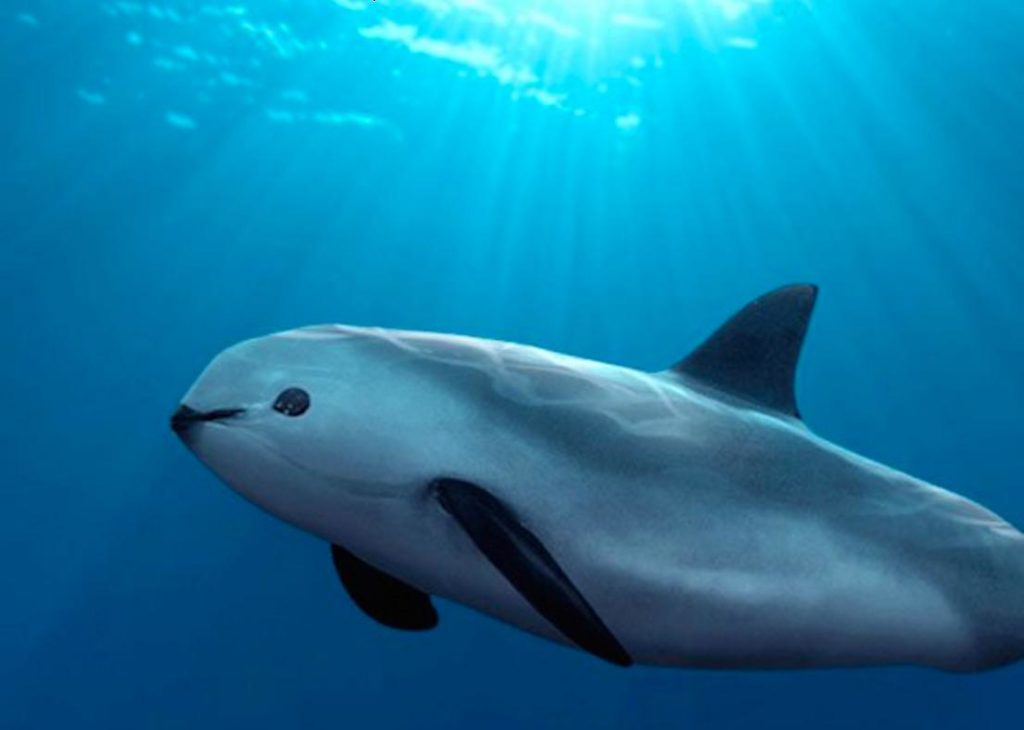
The Vaquita is an endemic species of the Gulf of California in Mexico. Unfortunately, it is not a recognized mammal for good reason. Unfortunately, the Vaquita is in danger of extinction.
The Government of Mexico and different international organizations have committed to triple their efforts to prevent the extinction of the Vaquita. The most important thing to save this species is dissemination. That’s why we share 7 curious facts about the Vaquita so you can learn more about these beautiful Marine Mammals.
Some Facts about the Vaquita
Life Under Human Care
Keeping the Vaquita from going extinct has been challenging for biologists and veterinarians because the Vaquita is not adapted to life under human care. Unlike other animals, such as the Mexican wolf, saved from extinction thanks to zoo conservation programs, the Vaquita becomes overwhelmed living under human care and dies.
This problem has meant that transferring Vaquitas to aquariums and zoos is impossible for reproduction, so navy personnel monitor the remaining specimens 24 hours a day. An effort that requires many resources and personnel.
Discovery of the Vaquita
Being such an exotic species, its existence was known in the middle of the 20th century when 3 Vaquitas skulls were found in San Felipe, Baja California. However, it was not until 1958 when Mexican biologists found living specimens, and it became a species recognized as endemic to Baja California.
Family and other names
The Vaquita belongs to the Phocoenidae family, where other porpoises and Dolphins are found. Its scientific name is Phocoena sinus; in Latin, Phocoena means “porpoise,” and sinus which means “cavity,” which refers to the Gulf of California, that is, “the porpoise of the Gulf of California.”
Other popular names by which the Vaquita is known are:
- Little Pig
- Vaquita Porpoise
- Little Cow
- Gulf of California Porpoise
Characteristics of the Vaquita
The Vaquita is the smallest of all cetaceans. It is robust, and its fins are long and concave. In addition, its dorsal fin is tall, triangular, and slightly falcate.
The average length of a Vaquita is 1.5 meters for females and 1.4 for males. The birth weight is 8 kilos, and they can weigh up to 55 kilos in adulthood. They are gray animals like most cetaceans but stand out for having black spots around their eyes and mouth.
Feeding
The diet of the Vaquitas is based mainly on 20 types of fish and squid that inhabit the Gulf of California. Some of these species are:
- Corvine
- Frogfish
- Grunt Fish
- Anchovy
- Croaker
- Squid
Reproduction
The species reaches its sexual maturity at two years; its reproduction period is in April or June every two years. Their gestation lasts between 10 and 11 months, giving birth to only one pup, and lactation lasts 8 to 10 months.
Throughout her life, it is estimated that a female can have between 5 or 7 pups. Therefore, the low number of births has also caused it to be in danger of extinction since it takes at least two years to have a single offspring, which causes the reproduction program to be prolonged.
Protection Status
In the article “Vaquita, the smallest porpoise in the world” (Ambiente, 2023), found on the official website of the Government of Mexico, you can find more information about the protection status of the Vaquita. Some of the most relevant points are the following:
- According to the Federal Attorney for Environmental Protection (PROFEPA), the Vaquita is considered Endangered (P) within the Official Mexican Standard NOM-059-SEMARNAT-2010.
- This species is included in Appendix I of the Convention on International Trade in Endangered Species of Fauna and Flora (CITES), for which transboundary movement is only allowed for scientific research purposes.
- It is also listed in the International Union for Conservation of Nature (IUCN) Red Book as a Critically Endangered (CR) species.
Ver esta publicación en Instagram
